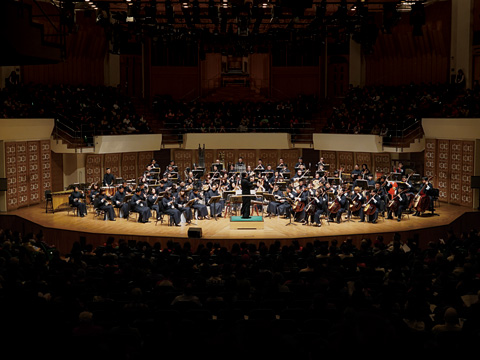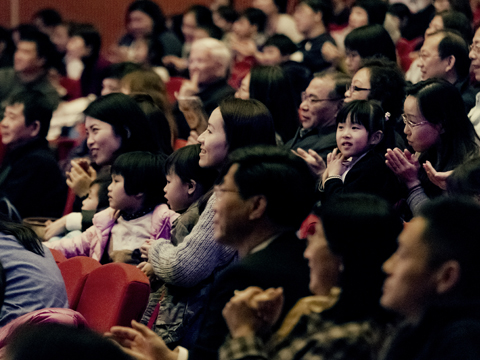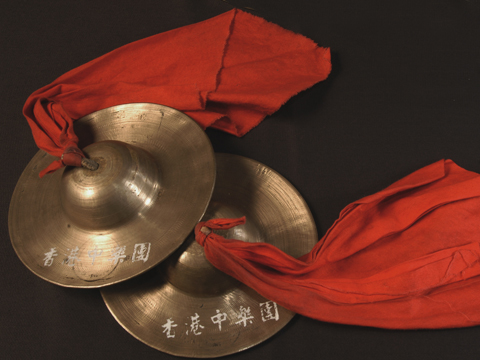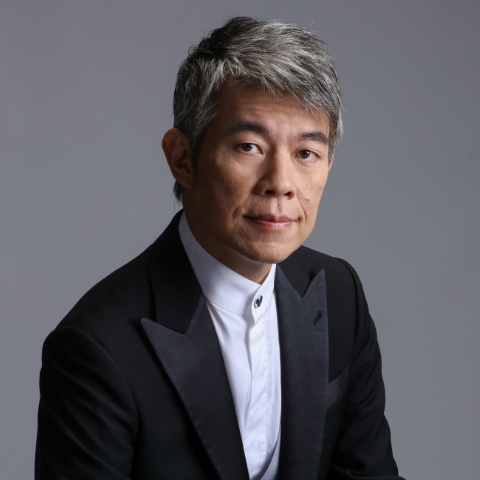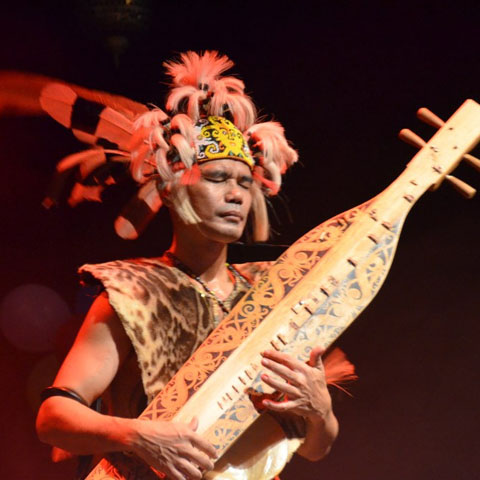
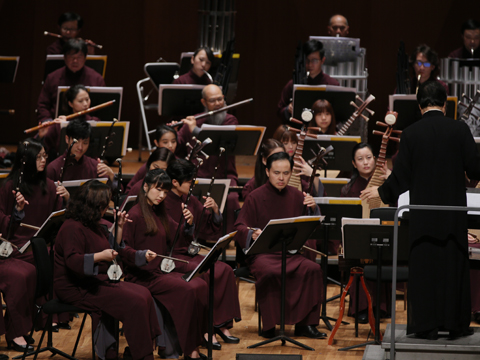
HKCO
Hong Kong Chinese Orchestra Orchestra Members Artistic Director and Principal Conductor for Life Council Advisors & Artistic Advisors Council Members Management Team Vacancy Contact Us (Tel: 3185 1600)

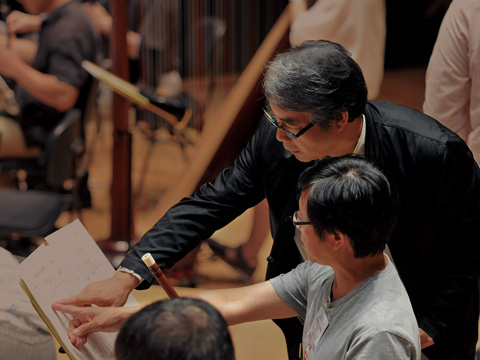
What's On

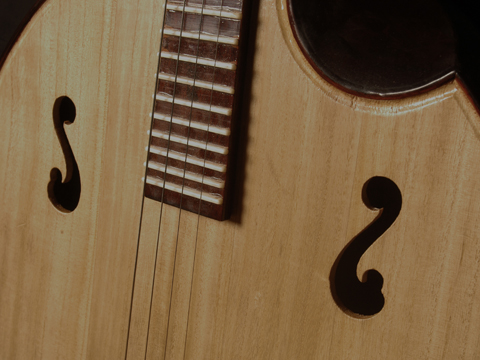
Education
The HKCO Orchestral Academy Hong Kong Youth Zheng Ensemble Hong Kong Young Chinese Orchestra Music Courses Chinese Music Conducting 賽馬會中國音樂教育及推廣計劃 Chinese Music Talent Training Scheme HKJC Chinese Music 360 The International Drum Graded Exam

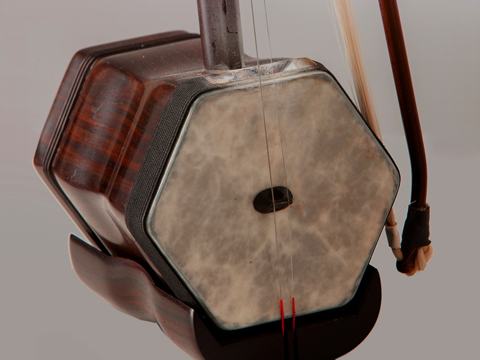
Instrument R&D
Eco-Huqins Chinese Instruments Standard Orchestra Instrument Range Chart and Page Format of the Full Score Configuration of the Orchestra
41st Orchestral Season
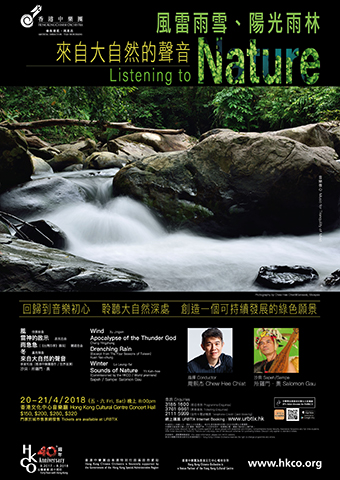
Listening to Nature
8:00 pm
Relax in the green shower of the elements
After a hectic, stressful spell, treat yourself to a spa trip and let the phytoncide of music wash your cares away! Our Resident Conductor Chew Hee Chiat will be your guide to the wondrous realm beyond: wind, thunder, rain, snow… To capture the real sounds of nature, the HKCO has commissioned Yii Kah-hoe, renowned composer from Malaysia, to create a new work that would reproduce the sounds of the elements. He and the production team actually went into the rain forest and roamed the countryside to make on site recordings for sound mixing – you will hear the amazing dialogue between electronic sounds and nature at the concert. Set your soul free!
Dance of Kanjet and Sampe workshop
18/4/2018 (Wed) 7:30pm
7/F, Sheung Wan Municipal Services Building
Open Rehearsal
20/4/2018 (Fri) 3:00pmHong Kong Cultural Centre Concert Hall
Backstage Tour
21/4/2018 (Sat) 7:00pm
Hong Kong Cultural Centre Concert Hall
Free Admission. Quota is limited. First come first served.
Reservation: 3185 1647
Wind Xu Jingxin
Apocalypse of the Thunder God Chang Yingzhong
Drenching Rain (Excerpt from The Four Seasons of Taiwan) Kuan Nai-chung
Winter Lo Leung-fai
Sounds of Nature Yii Kah-hoe (Commissioned by the HKCO / World premiere)
Sapeh / Sampe: Salomon Gau
Man and Nature Resonating
Your Support
Friends of HKCO
Copyright © 2024 HKCO
